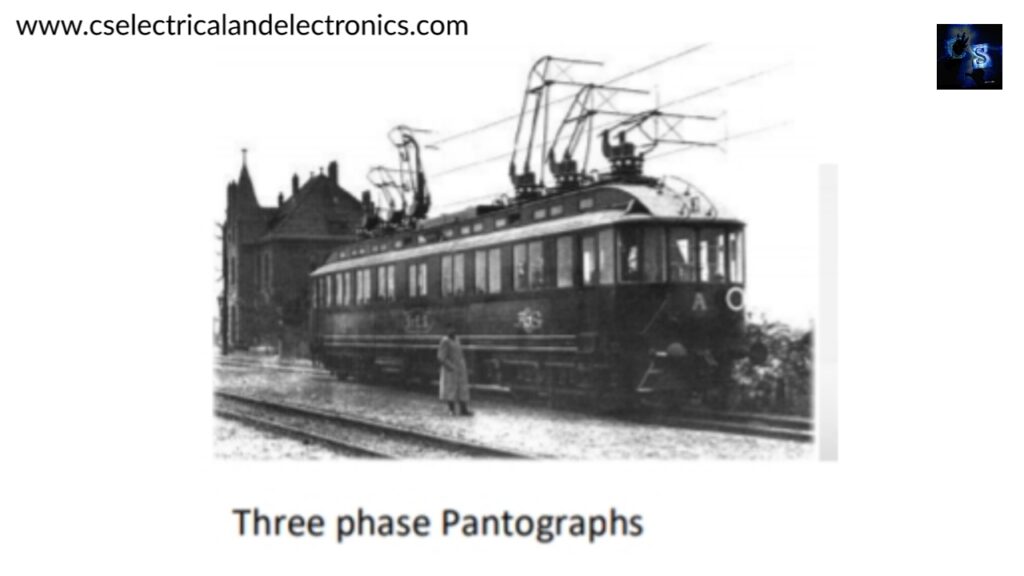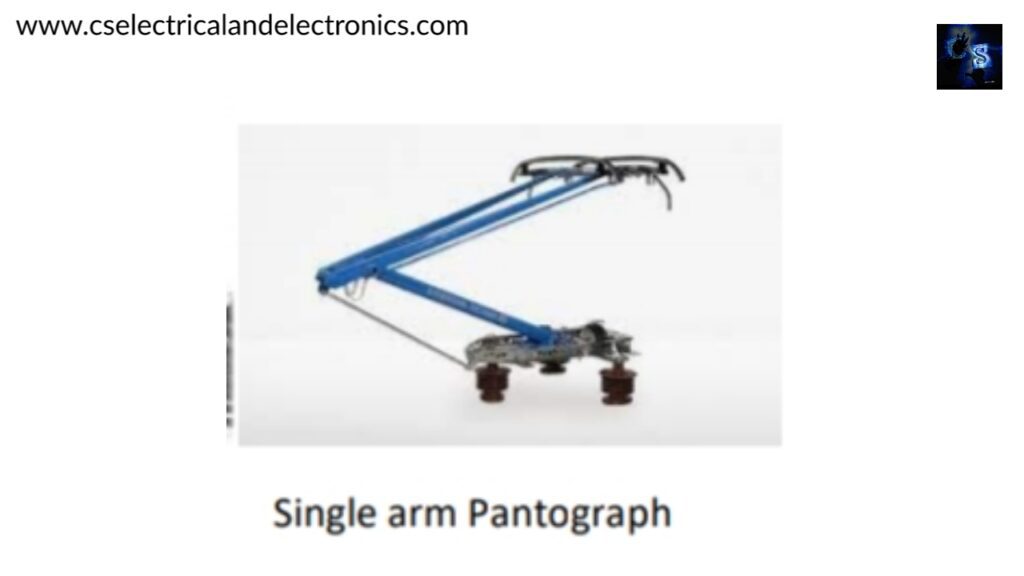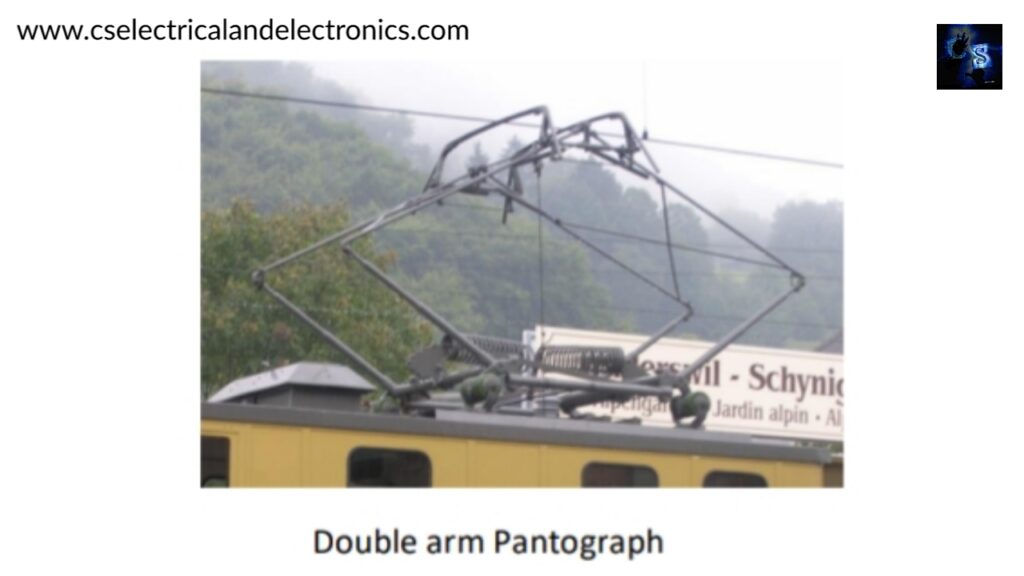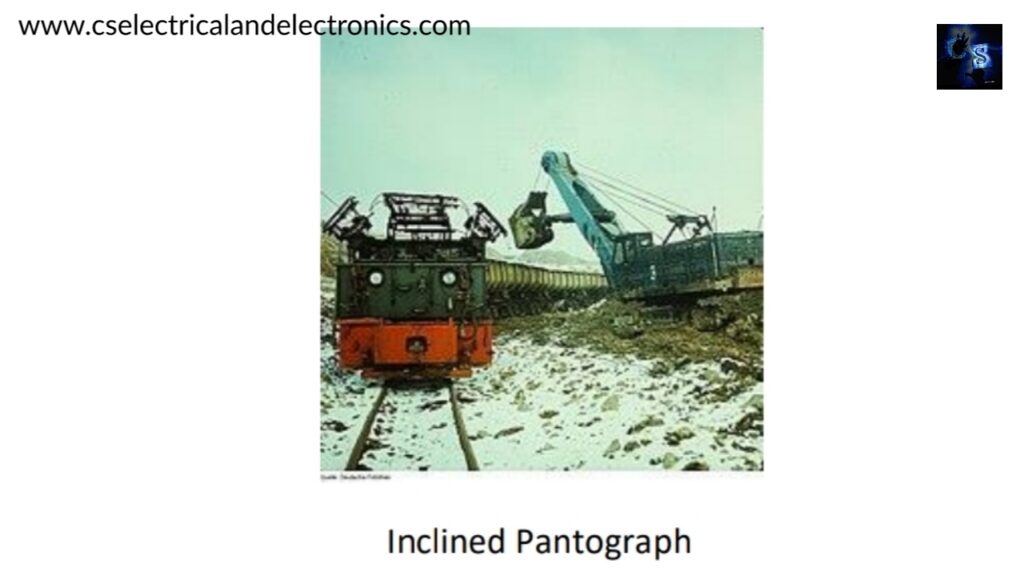What Is Pantograph In Electric Train, Types Of Pantograph
Hello guys, welcome back to our blog. In this article, we will discuss what is pantograph in an electric train, the types of pantographs, and working, and we will try to explain in a simple way so that I can be easily understandable.
If you have any electrical, electronics, and computer science doubts, then ask questions. You can also catch me on Instagram – CS Electrical & Electronics.
Also, read:
- What Is Electric Traction, Types Of Electric Traction, Working, Diagram.
- What Is A MATLAB, Applications, Alternatives, Advantages, Disadvantages?
- What Is An Inheritance In CPP, Types Of Inheritance, Code, Syntax.
What Is Pantograph In Electric Train
The pantograph is one of the most important pieces of equipment used in electrical traction (Electrical trains). It is used in electrical trains to collect current from the overhead lines. It is popularly known as the current collector.
The pantograph is used for charging the battery trains in the charging stations. The pantograph is first appeared in the year 1889 and invented by the chief engineer Walter Reichel working at Siemens & Haiske in Germany.
The pantograph has a graphite contract strip on the edge of it which is used to contact the overhead wire. Now – a – days pantographs are manufactured in different shapes.
Pantographs are placed upper part of the train and they are specially designed to collect the current and give it to the short line which transfers the current to the Motor Control Centre (MCC). There are many classifications in the pantographs as the place where they are used, some of the major types are,
Three-phase pantographs:

These are generally tested for getting a high current which will give us high speed in traction. The three-phase supply lines are passed horizontally parallel to each other and there are three pantographs placed on the roof of the locomotive to collect the current from overhead lines.
Single-arm Pantograph:

These are regularly used pantographs in locomotives, these single arms will have single-point contact with the overhead line. These single-arm pantographs are molded into different shapes. These types of pantographs have lesser weight and faults are comparatively less.
Double arm Pantograph:

Double-arm pantographs are used early in Russia, This Pantographs have two contracts with the overhead line. This type of pantograph consumes high power and the losses are very high. So, Single-arm pantographs are discovered to minimize these effects.
Inclined Pantographs:

Pantographs are mounted at a certain angle on the roof of the train as per the run of overhead lines in the open areas.
Working of Pantograph:
The overhead transmission lines are used for electric supply to trains so to supply that electricity the contact is important, so the Pantographs are used for the supply of current. There will be a contact between the strip and the wire. The pantograph contact will remain with the wire as the train starts running. There will be no interruption in the supply for the train this is the major working of the pantograph in the electrical traction.
The Z – shape type pantographs are mostly used these days as they provide high efficiency in transmitting power and contact with the line. Z-Shape is one of the types of single-arm pantographs. This type of pantograph is popularly known as Half – Pantograph which is first designed by Louis Faiveley in 1955. This is how the pantographs work in the electrical traction.
The modern days there are different types of tram transports in traction. The metro and Streetcars are the modern types that had a separate system such as the third rile system. The coming days are very updated such as there will be no more pantographs used in the traction system because of magnetic systems for collecting the power.
I hope this article may help you all a lot. Thank you for reading.
Also, read:
- 10 Tips To Maintain Battery For Long Life, Battery Maintainance
- 10 Tips To Save Electricity Bills, Save Money By Saving Electricity
- 100 (AI) Artificial Intelligence Applications In The Automotive Industry
- 100 + Electrical Engineering Projects For Students, Engineers
- 1000+ Control System Quiz, Top MCQ On Control System
- 1000+ Electrical Machines Quiz, Top MCQs On Electrical Machines
- 1000+ MATLAB Simulink Projects For MTech, Engineering Students
- 2024 Is About To End, Let’s Recall Electric Vehicles Launched In 2024

